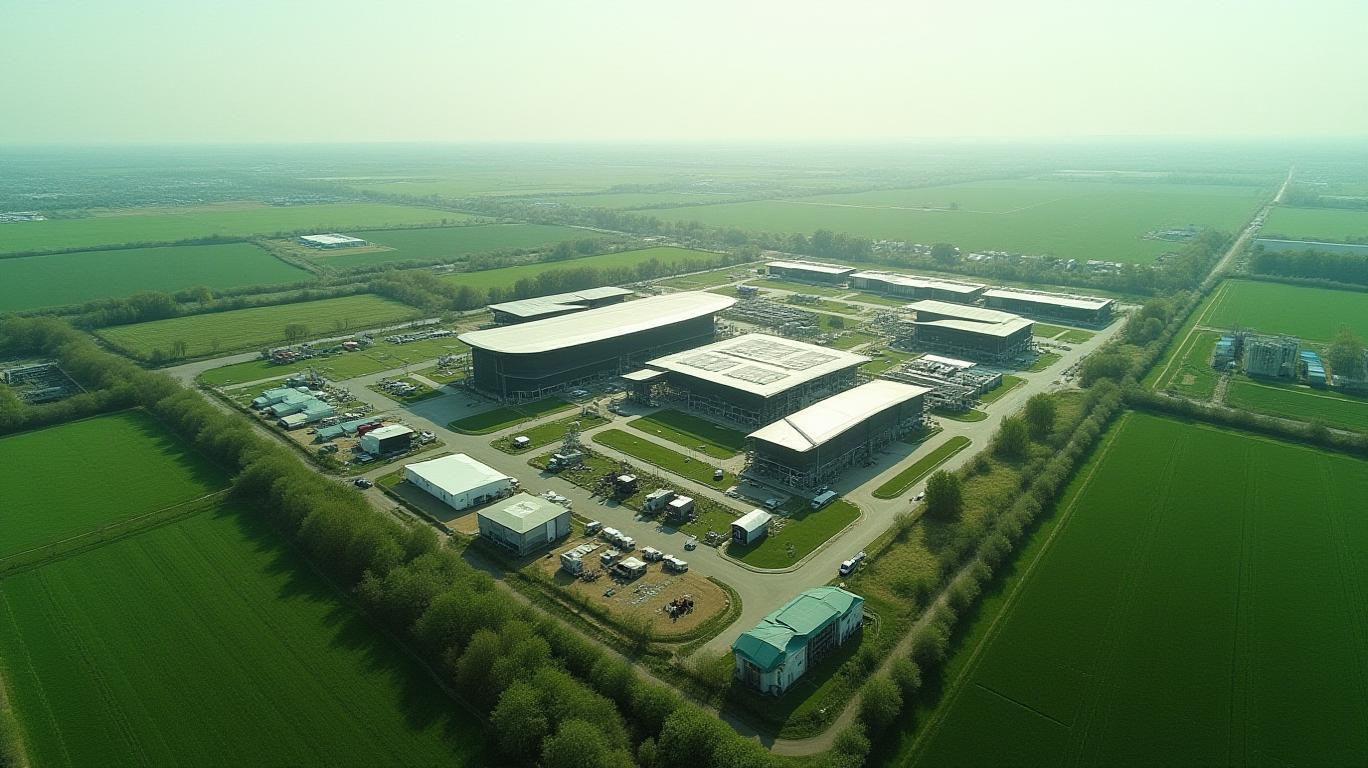Reju’s Circular Revolution: How the Regeneration Hub One Transforms Waste into Wealth
The global textile industry generates 92 million tonnes of waste annually, with Europe alone discarding 94 million tonnes in 2022—most incinerated or buried. Enter Reju, a materials regeneration pioneer, whose Regeneration Hub One in the Netherlands is poised to redefine how the world handles textile waste. This 300 million-article-per-year facility isn’t just a recycling plant; it’s a strategic infrastructure play with massive ESG and ROI potential. Here’s why investors must act now, before the Technip board’s final investment decision.
The Textile Waste Crisis: A $500 Billion Opportunity
Europe’s textile consumption has surged from 17kg per person in 2019 to 19kg in 2022, yet less than 1% of global textiles are recycled into new clothing. The European Union’s Extended Producer Responsibility (EPR) laws and Circular Economy Action Plan mandate that brands reduce waste and use recycled materials—creating a regulatory tailwind for Reju.

The Hub’s Scalable Solution: 300M Articles, 50% Lower Emissions
Located at the Chemelot Industrial Park—a European circular innovation hub—Reju’s facility will annually regenerate 300 million textile articles (equivalent to 50,000 tonnes of rBHET, a recycled polyester precursor). This rBHET is transformed into Reju PET, a polyester with 50% lower carbon emissions than virgin material. Unlike conventional recycling, Reju’s process enables infinite regeneration without quality loss, creating a true closed-loop system.
The park’s strategic advantages amplify the facility’s impact:
- Energy Synergies: Chemelot’s interconnected networks reduce energy costs and carbon footprints.
- Partnership Ecosystem: Collaborations with Goodwill, Rematrix (Italy’s Producer Responsibility Organization), and Cibutex (European textile cooperative) ensure a steady supply of post-consumer waste and compliance with EPR rules.
- Government Backing: The Dutch government has labeled the project a “future-oriented” model for circular chemistry, offering tax incentives and logistical support.
Why This is a Game-Changer for Investors
- ESG Alignment: Reju’s model directly tackles waste reduction, carbon emissions, and circularity—key pillars for ESG-focused investors.
- Scalable Profitability: With 50,000 tonnes/year of rBHET production, the hub can supply downstream partners (e.g., apparel brands) at a premium to virgin polyester. As demand for recycled materials surges—driven by EU mandates and consumer preferences—margins will expand.
- Regulatory Safeguards: EPR laws and landfill bans create a $24 billion market for textile recycling by 2030 (Grand View Research). Reju’s partnerships lock in supply chains, mitigating risk.
- First-Mover Advantage: Regeneration Hub One is Europe’s first large-scale textile-to-textile facility. Its success will set industry benchmarks, attracting partnerships and capital.
The Investment Catalyst: Act Before the Final Decision
Reju is wholly owned by Technip Energies, a global leader in sustainable infrastructure. The Technip board’s final investment decision—expected imminently—will unlock Reju’s growth. Early investors can capitalize on:
- Low Valuation Risk: The facility’s capacity (300 million articles) and partnerships de-risk the project.
- Market Leadership: Reju’s technology, refined by IBM and Technip, is years ahead of competitors.
- Global Expansion: Hub One follows the successful Regeneration Hub Zero in Frankfurt, proving Reju’s replicable model.
Risks? Minimal Compared to the Reward
Critics might question execution risks, but Reju’s partnerships and Chemelot’s infrastructure mitigate them. Meanwhile, the EU’s 2035 landfill ban for recyclable materials ensures rising demand for Reju’s services.
Conclusion: Invest Now or Miss the Textile Circular Revolution
Reju’s Regeneration Hub One is more than a factory—it’s the cornerstone of a $24 billion circular textile economy. With a 50% emissions cut, strategic partnerships, and regulatory tailwinds, this is a once-in-a-decade ESG investment. Don’t wait for the Technip board’s approval; secure your position in the future of sustainable materials.
Act now—the circular economy isn’t waiting.

Comments
No comments yet